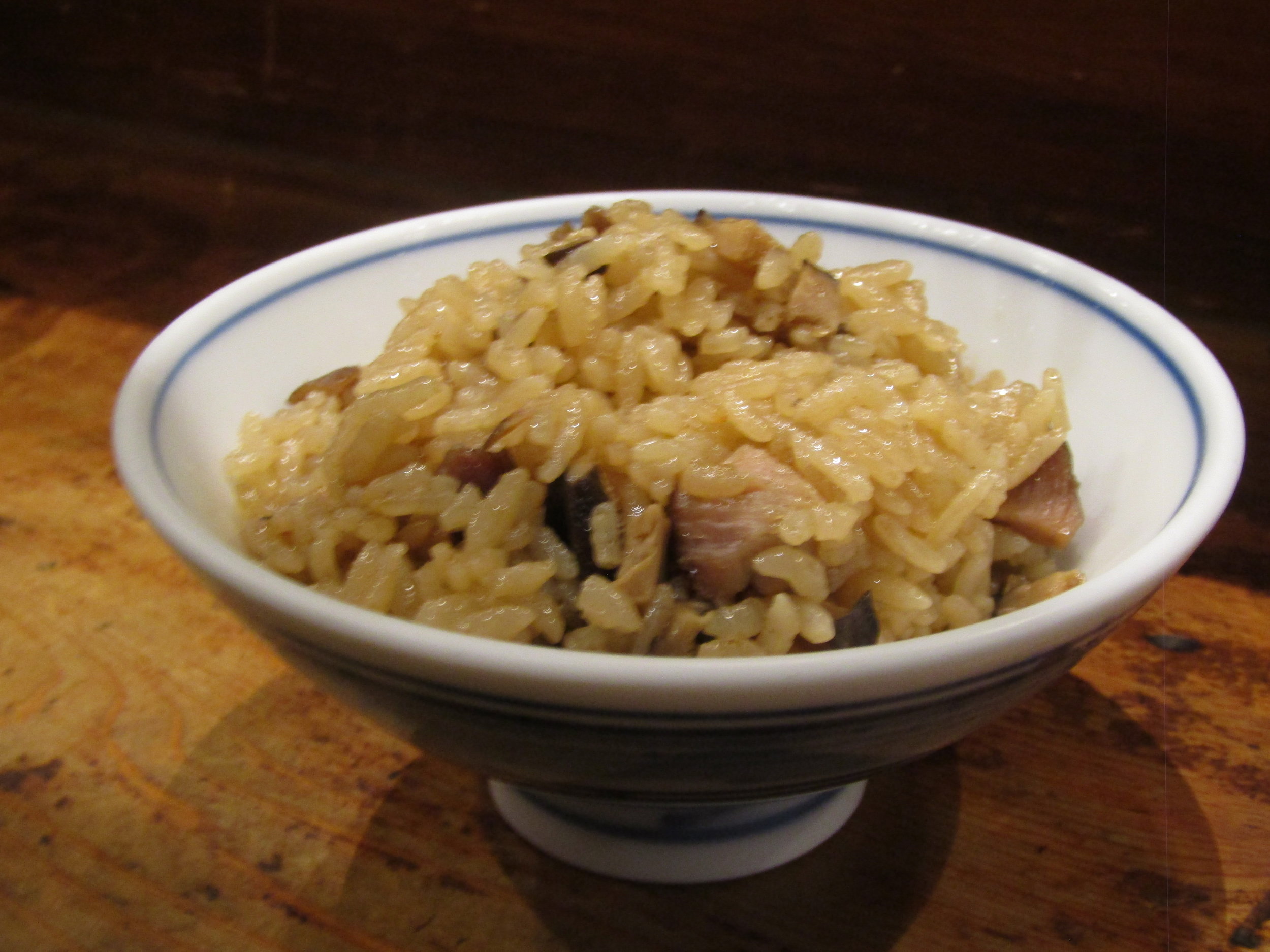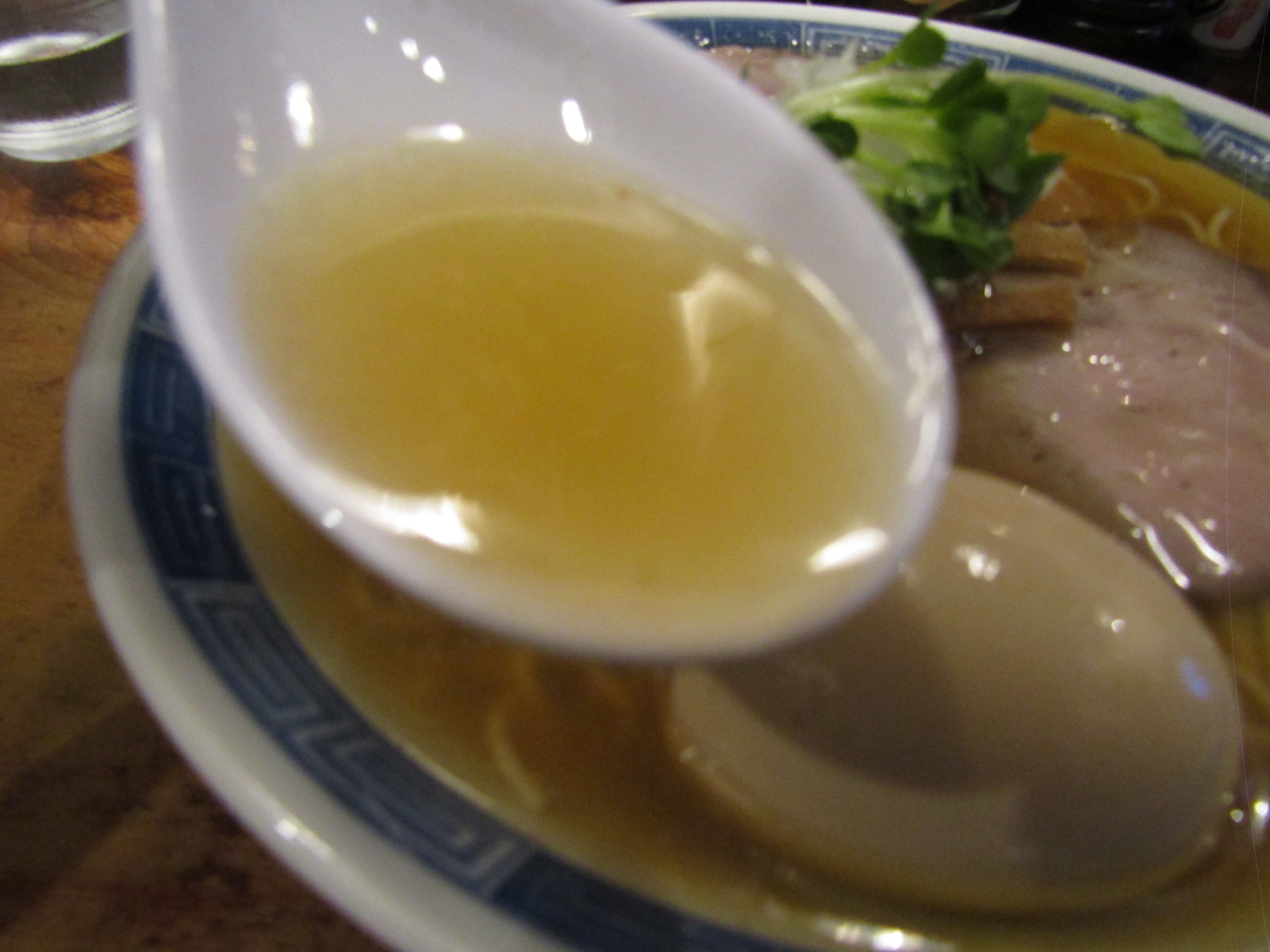Chuka Soba Shibata (中華そば しば田); Nostalgic Ramen, Sengawa
An area of Tokyo that often gets overlooked in the ramen scene, despite the prevalence of many of Tabelog’s top 100 ramen restaurants in the area, is Chofu/Fuchu. Just a short 10-20 minutes train ride away from Shinjuku station via the Keio Line, the restaurants are quite accessible for the dedicated ramen enthusiast. One in particular that is definitely worth going is Chuka Soba Shibata near Sengawa station. An ex apprentice of the old Raku Raku shop in Kichijoji, the chef here opened his shop in November of 2013. Since then, Shibata has been a mainstay in discussions for best ramen in Tokyo.
What I love most about Shibata is their decor. It really brings me back to the old school ramen shops I used to visit as a child and keeping that traditional look of a ramen shop adds a nice feeling of nostalgia. Not so pleasant are the long lines as it has become a widely known ramen shop attracting visitors from all over Japan. The shop features two ramen styles, a niboshi ramen and a shoyu ramen. They also have a rice bowl for 150 yen to get your meal started.
My meal began with their rice bowl. As you can see, the rice bowl is a takikomi gohan, a cooking style in which the seasoning and ingredients are added to the rice in the rice cooker blending the flavors together as it steams. What results is a mixture of flavors working together in harmony in one simple bowl. Within the rice is a generous serving of cubed char siu, roast pork and is seasoned with the char siu marinade giving it its tan color. Both the rice and pork are perfectly seasoned and not too overpowering. Was hard to stop eating once I started, but I saved a bit for later as it was recommended I pour some soup from the ramen at the end.
On this visit, I opted for the Niboshi Ramen. The flavors of the niboshi were incredibly powerful despite the clear broth. Each spoonful of broth was brimming with intense dried sardine flavor which is also what gives it the golden color. The noodles, made for the restaurant specifically, are thin and round, which I love for niboshi style ramen. The thin noodles works well to not overpower the gentle soup and cooked al dente so it still leaves a nice bite to the bowl. The kaiware, or sprouts, gives a tangy bitterness that adds to the overall fishy, bitterness of the bowl. The roast pork slices are amazing in that it really soaks up the soup, just stacking the flavors together in to one harmonious dish. I really like their menma bamboo shoots, that they are not shy about, providing a nice heaping serving of. Its crunchy, but soft in the middle and the stringiness remains for an interesting texture combination. I did leave some soup for my rice at the end and it was just like it was recommended. The soup turned my rice bowl to an amazing fish porridge which had me wishing I had saved more rice.
To be honest, you really need to be a fan of niboshi to be a fan of this ramen. Luckily, in Japan, there is a huge popularity for niboshi ramen making it a top shop among ramen enthusiasts here, but might be difficult for foreigners without an affinity for fishy broth. The flavor is incredibly overpowering and fills every cavity with an intense, bitter, fishy flavor. If you do enjoy niboshi ramen, this will be the perfect shop for you. Its definitely a niche ramen style for tourists, so take this as your warning. If you’d like to try out their flavor at home before coming here, they do sell their ramen in cup ramen version. I’ve linked my amazon affiliate link for the product here. The old school vibe and intense niboshi flavor was right up my alley so it was a great experience for me, and could be for you as well. Regardless, be sure to check out Chofu and Fuchu for ramen, you’ll definitely be glad you did and might find amazing gems like this.





